Artificial intelligence (AI) has become an increasingly powerful tool in our lives, capable of performing tasks once thought to be the exclusive domain of human intelligence. From facial recognition software to self-driving cars, AI is rapidly transforming the world around us. However, as with any powerful tool, AI also has the potential to be misused. This is a cause for concern, as recent examples have shown how AI can be used to deceive people.
Realistic AI-Generated Images Used to Advertise Fake Events
One such example is the “Willy Wonka Chocolate Experience,” an event that was advertised using AI-generated images of a fake Willy Wonka. The images were so realistic that many people believed the event to be genuine, only to discover later that it was a scam. This incident highlights the ease with which AI can be used to create deceptive content.
Deepfake Videos Manipulate Reality
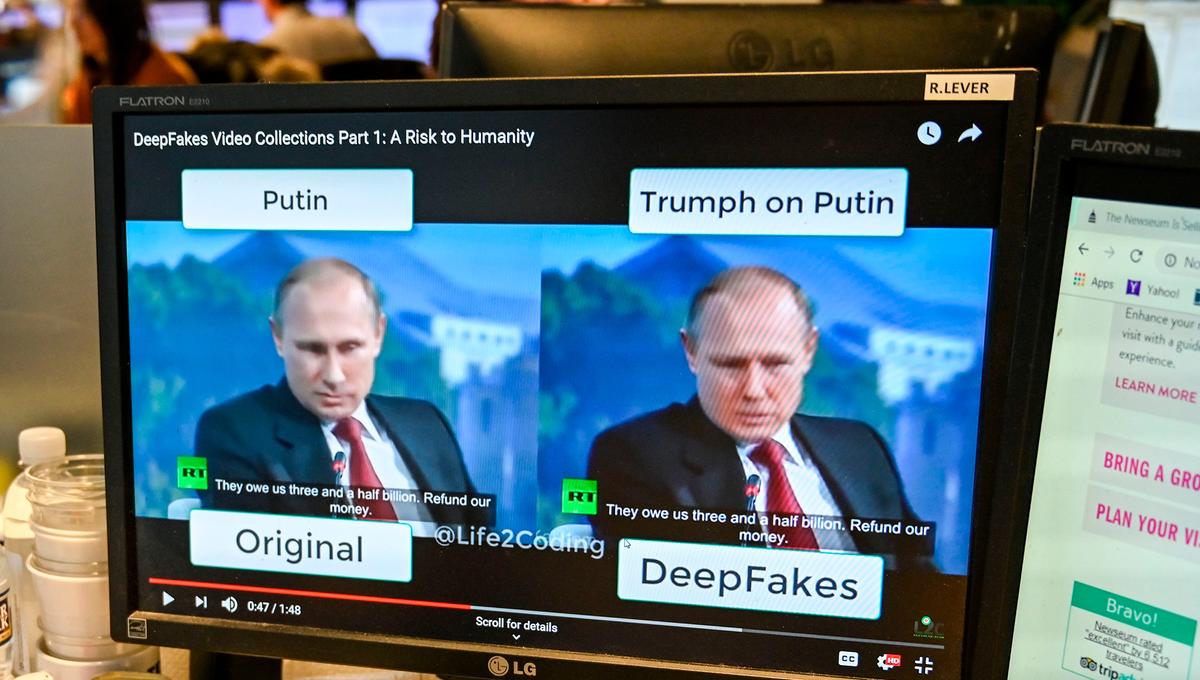
Another example is the use of deepfake videos, which are videos that have been manipulated using AI to make it appear as if someone is saying or doing something they never did. In 2018, a deepfake video of actress Selena Gomez was used to advertise a fake product. The video was so convincing that many people believed it to be real.
The Dangers of AI-Generated Content
These examples demonstrate the potential dangers of AI-generated content. As AI technology continues to develop, it is becoming increasingly difficult to distinguish between real and fake content. This has serious implications for our ability to trust the information we see and hear online.
Raising Public Awareness
So, what can be done to address this issue? One important step is to raise public awareness about the potential dangers of AI-generated content. People need to be aware of the fact that not everything they see online is real. They should be critical of the information they consume and be wary of content that seems too good to be true.
Developing New Detection Technologies
Another important step is to develop new technologies for detecting and preventing the spread of AI-generated content. This is a complex challenge, but it is essential if we are to protect ourselves from the harmful effects of misinformation and disinformation.
Using AI Responsibly
In conclusion, AI is a powerful tool that has the potential to be used for good or evil. It is important to be aware of the potential dangers of AI and to take steps to mitigate them. By raising public awareness and developing new technologies for detecting and preventing the spread of AI-generated content, we can help to ensure that AI is used responsibly for the benefit of humanity.





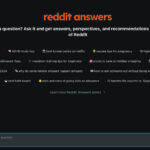

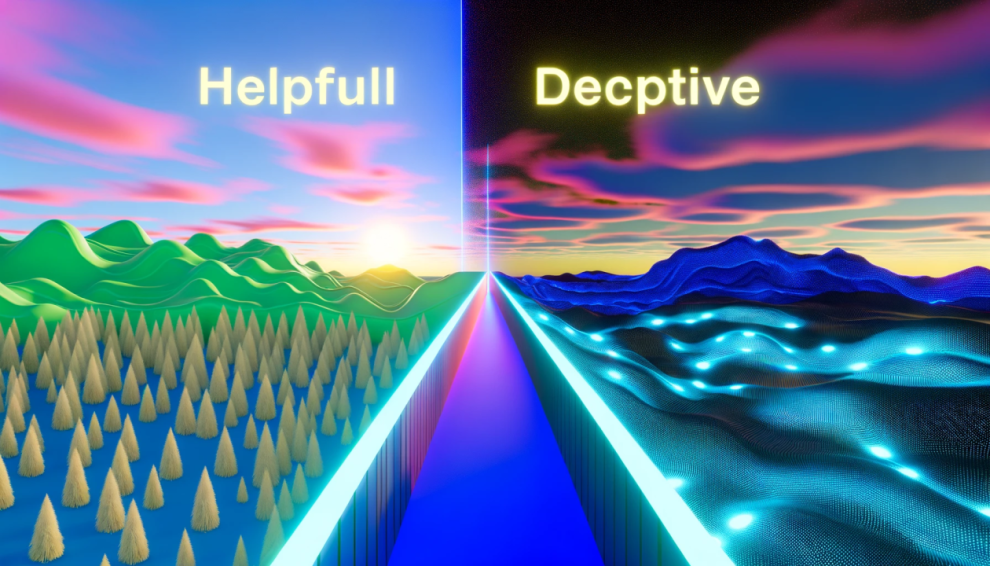
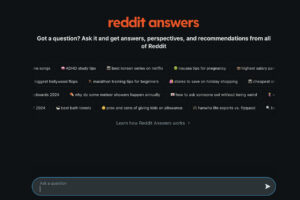

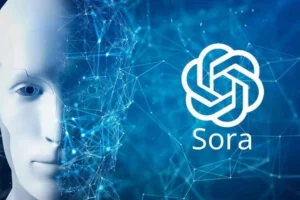





Add Comment